“Alexa lost her voice! How's that even possible?” a puzzled Amazon CEO Jeff Bezos asks an engineer in a new 30-second teaser advertisement released ahead of Super Bowl LII.
Teaser for Amazon’s Super Bowl LII commercial hints at new Alexa voices


“Alexa lost her voice! How's that even possible?” a puzzled Amazon CEO Jeff Bezos asks an engineer in a new 30-second teaser advertisement released ahead of Super Bowl LII.
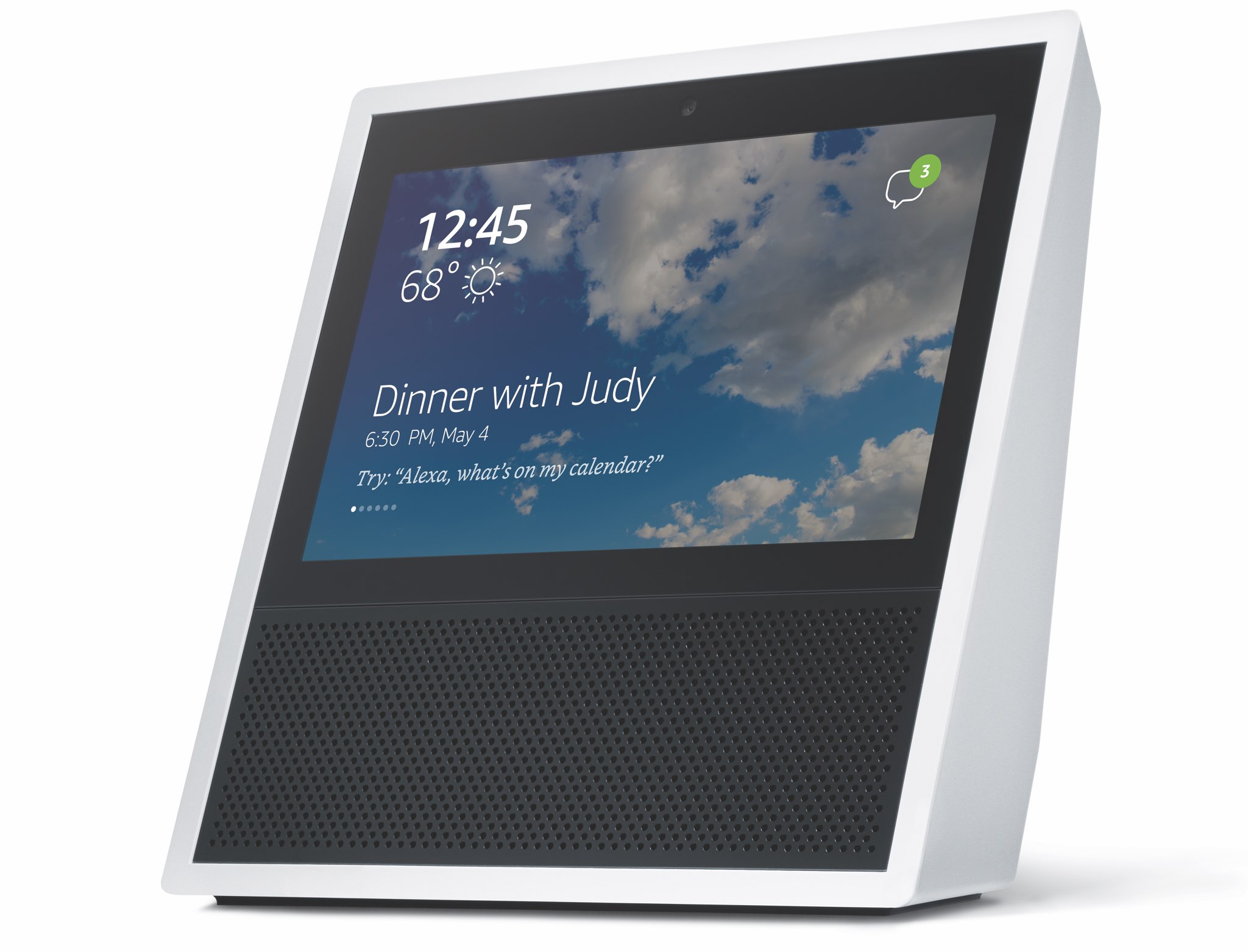
Having conducted an online survey of 21,000 people across 19 countries in October and November 2017, tech consultancy Accenture and Harris Interactive discovered that people with smart home speakers like Amazon Echo or Google Home use their phones less often.

Amazon on Friday added Spotify to the list of services that work with multi-room music playback on its Echo range of smart speakers, joining providers like Amazon's own music service as well as TuneIn, iHeartRadio, Pandora and others that support this feature.

At a special event on Wednesday, Amazon unveiled a slew of new hardware featuring its Alexa voice assistant. The products include a new Echo speaker, with a more refined design and cheaper price tag, a new 4K Fire TV with HDR support, and an all-new Echo Spot device. We'll break them down for you below.
Echo 2The new Echo looks like a smaller version of its predecessor, with a refreshed design that resembles that of Google Home and Apple's HomePod speaker. It does everything the first generation model did—connects to Alexa to play music, make calls, set alarms, control smart home devices, answer questions and much more—plus it has a dedicated bass speaker, improved mic design, and multi-room capabilities.
Launches October 31. Pre-order for $100.
Echo SpotThe Echo Spot is essentially a mini Echo Show. Measuring just 4 inches tall, the Spot was designed to fit anywhere in your home. Its features include Alexa with 2nd generation far-field voice recognition, a built-in speaker, a crisp color 2.5-inch screen, a built-in camera for video calls, and much more. Use it as an alarm clock and wake up to video news briefings or in the kitchen as a high-tech timer and cooking assistant.
Launches December 19. Pre-order for $130.
Fire TV with 4KThe all-new Fire TV looks more like a dongle, but is powerful enough to be considered a set-top box. Its features include support for 4K Ultra HD (up to 60 fps), HDR, and Dolby Atmos Audio, access to the most popular streaming services and Amazon's ecosystem, and of course it has Alexa to help you do everything from order pizza to controlling your lights. It also has an ultra-fast processor and 802.11ac Wi-Fi, so you can expect smooth and responsive performance.
Launches October 25. Pre-order for $70.
Other Tidbits Echo Plus - looks more like the original Echo, shares similar features with the Echo 2, plus it can act as a ZigBee hub, allowing it to quickly discover and pair with compatible devices. Launches October 31. Pre-order for $150. Echo Connect - connects your home phone to a compatible Echo device to call any phone number, just by using your voice. Launches December 13. Pre-order for $35. Echo Buttons - hockey puck-shaped devices that consist of a single large, light-up button. Owners can use them to play games in conjunction with an Echo device—think of a buzzer for trivia-type games. Comes in packs of two. Amazon says these are coming later this holiday season.The new Echo speaker is set to arrive ahead of Apple's HomePod speaker launch, and will cost less than a third of its price. The new 4K Fire TV also undercuts Apple's recently unveiled 4K Apple TV quite a bit on price. It'll be interesting to see how consumers vote with their wallets this holiday season.
What do you make of Amazon's new products? Plan on purchasing any?
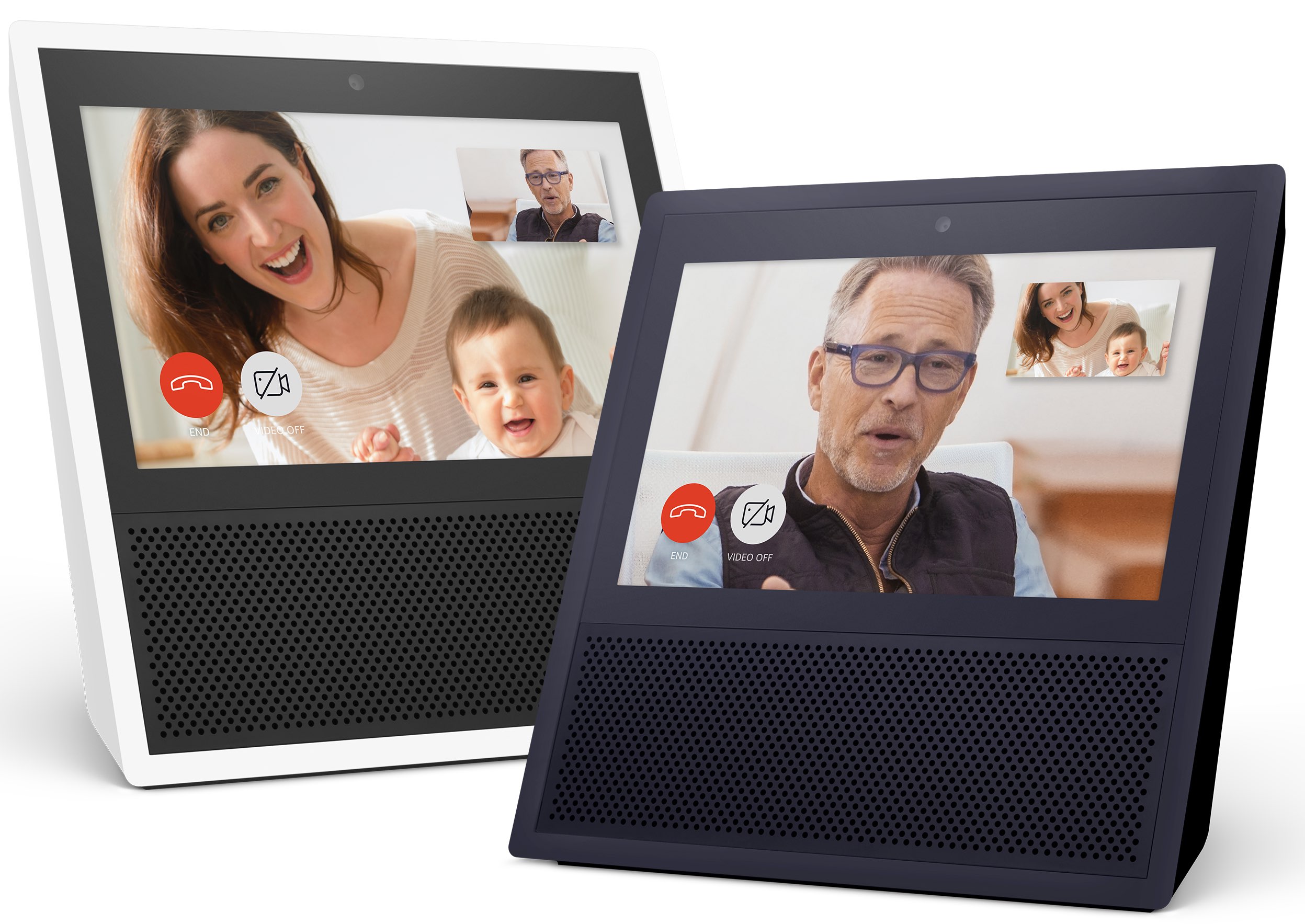
Amazon is working on the next Echo accessory that should feature significantly improved sound quality over the current lineup of Echo smart speakers, Engadget reported Thursday.
The gizmo will reportedly include “several tweeters” versus the one large tweeter and a woofer in the existing Echo. The company is also improving the new Echo's microphone technology, “though it's unclear how it's doing so.”
Current Echo devices have seven far-field mics, while Apple's HomePod has six and Google's Home has two.
Shorter and slimmer than the original Echo, which released two years ago, the next Echo will be more stylish than its predecessors thanks to rounded edges and a cloth-like covering.
Amazon is allegedly planning for a fall release.
Echo has been lauded as the best voice-activated speaker on the market in terms of AI and voice features, but with poor audio quality. That's in stark contrast to Apple's upcoming HomePod, which many reviewers praised for being the best-sounding smart speaker out there, even outperforming Sonos in terms of sound quality.
https://www.youtube.com/watch?v=5l_YjBiK7iM
With the next Echo, Amazon is clearly looking to close the gap with HomePod when it comes to audio quality and style.
HomePod features an array of seven horn-loaded tweeters, each with its own custom amplifier, a high-excursion woofer with custom amplifier, internal low-frequency calibration microphone for automatic bass correction and a six-microphone array for far-field Siri and room sensing.
The built-in A8 chip constantly analyzes the music being played through the speaker, as well as the room layout, to continually optimize audio quality using software-based features such as direct and ambient audio beam-forming and transparent studio-level dynamic processing.
HomePod is due to launch this December.
Image: Amazon Echo Show with a built-in display
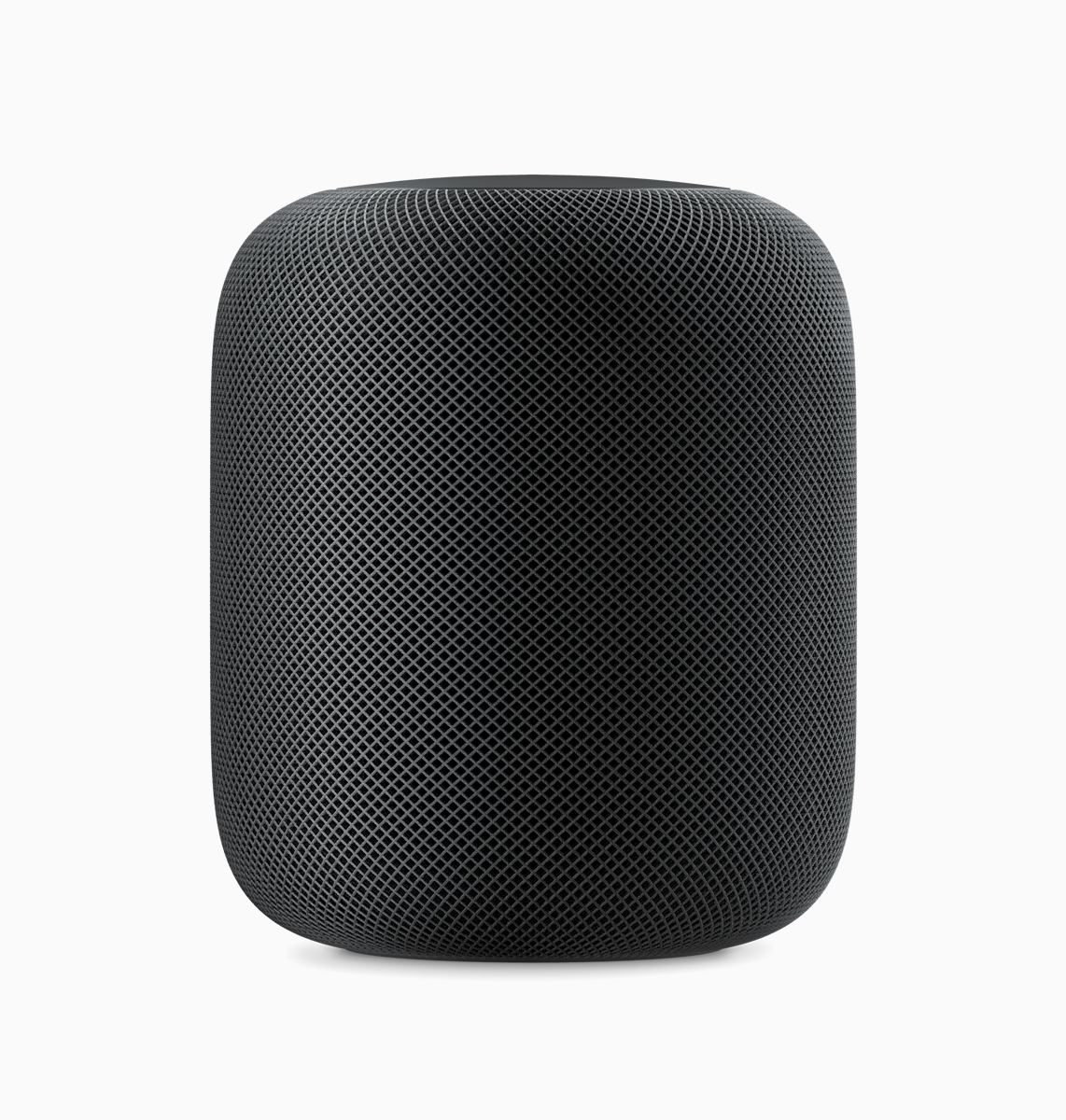
Having surveyed 2,200 adults in the United States, research firm Morning Consult Intelligence has found that one out of each three respondents showed interest in Apple's HomePod sight unseen, or approximately 33 percent.
However, “only” 30 percent were interested in the HomePod speaker after being shown a comparison chart with other smart speakers, namely Amazon's Echo and Google's Home.
Among those who already owned Apple products, 45 percent were interested in HomePod and 17 percent said they were most likely to buy it versus 18 percent of the Apple faithful who said they'd be more inclined to buy Amazon's Echo over Apple's device.
What about the overall survey group?
According to AppleInsider:
Within the overall survey group 17 percent said they were mostly like to buy an Echo, and 11 percent the cheaper Echo Dot. Only 9 percent said they would go for a HomePod, below the Google Home's 11 percent.
At $349, HomePod is pricier than Google's and Amazon's inexpensive speakers at $129 and $139, respectively. 57 percent of respondents said price was “Very Important” to them in a smart speaker while for 51 percent speaker quality was more important than the price.
Introduced at the Worldwide Developers Conference last week, HomePod beats both Amazon's Echo and Google's Home in terms of audio quality. The device features a four-inch subwoofer system that delivers clean bass without distortion and as many as seven beam-forming tweeters, each using its own amplifier for sound quality.
Driven by Apple's A8 chip, HomePod provides sound awareness technology that's able to detect when the device is against walls. After mapping its surroundings, it adjusts the sound output accordingly so that the most of the sound is spread out into a wide-open area instead of being muffled against a wall.
We should point out that this isn't a totally fair research because HomePod is still work-in-progress and Apple has not really shown off any other features beyond Siri interactions, HomeKit controls and Apple Music integration.
https://www.youtube.com/watch?v=1hw9skL-IXc
Even if HomePad makes its December debut with only the aforesaid features, Apple is almost certainly going to add additional capabilities over time via software updates, just as Google and Amazon have been doing with their smart home speakers.
Priced at $349, HomePod will launch in the United States, the United Kingdom and Australia this December before gradually expanding to the rest of the world throughout 2018.
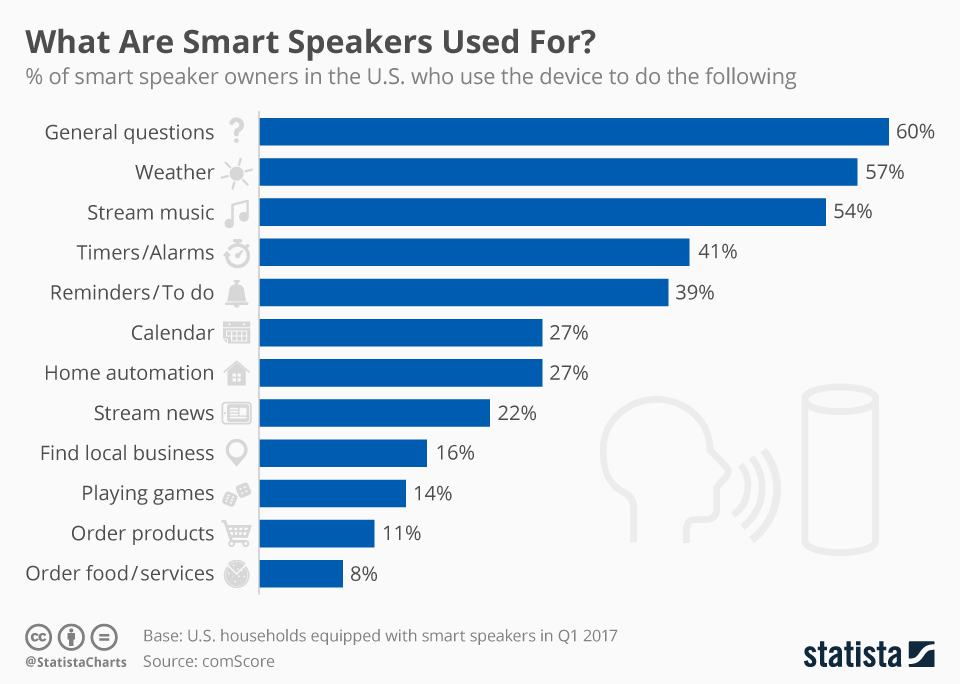
Smart speakers such as Amazon's Echo, Google's Home (and, soon, Apple's alleged standalone Siri device) allow users to get answers in the more comfortable settings of their homes.
As these things are always listening, there's no need to press a button or pull a phone out of your pocket. But what exactly are people using Amazon Echo and other smart speakers for?
A ComScore study, charted by Statista, says the most common use case is asking basic questions with 60 percent of US smart speaker owners using their device for simple requests, followed by weather queries (57 percent), playing music (54 percent), setting timers/alarms (41 percent), creating reminders/to-dos (39 percent) and more.
In what's bound to be disappointing to Amazon, the study found that very few users of smart speakers use them to order goods or services online, with just 8 percent of US smart speaker owners using their device to order food/services and 11 percent ordering products online.
According to a May research conducted by digital agency Stone Temple, providing answers to basic questions actually is not Alexa’s strong suit.
Amazon's digital assistant powering the Echo family of devices was able to answer just 20.7 percent of the 5,000 questions asked as part of the experiment.
Siri performed similar to Alexa.
Amazon said today that Echo owners and iOS customers who use the mobile Alexa app or the Amazon shopping app can now enable integration with iCloud Calendar.
Speaking of which, the comScore study found that less than one-third of smart speaker owners in the US (27 percent) use their device to find what's on their calendar for the day or add new appointments to the calendar hands-free.

Amazon said today that users in the countries where Alexa is officially available can now synchronize their iCloud Calendar data with any devices that feature its voice assistant Alexa.
Compatible devices include not only Amazon's Echo family of smart speakers, but also Apple's iPhone, iPad and iPod touch with the official Amazon Alexa mobile app or the Amazon shopping app, which now integrates Alexa features.
The new integration lets Apple customers who happen to own an Echo device or use the Alexa app ask what’s on their schedule for the day, tell the smart assistant to add a new calendar entry hands-free and more. Any appointments added to your iCloud Calendar through Alexa will instantly propagate to the Calendar app on your Apple devices, and vice versa.
To get started with this new feature, simply link your iCloud account through the settings tab within Amazon’s mobile Alexa app and follows the onscreen instructions.
According to The Verge, Amazon's smart voice assistant now supports these accounts:
Apple iCloud Calendar accounts G Suite accounts Google and Gmail accounts Office 365 commercial customers with Exchange Online mailboxes Outlook.com email accounts, including all Outlook.com, Hotmail, Live or MSN onesAmazon said iCloud Calendar integration has been a “top requested feature” from customers.
Apple, as you know, is rumored to be developing a standalone Siri speaker that could get unveiled at WWDC next week alongside refreshed Mac notebook hardware.
Integrating iCloud Calendar with Alexa probably required help from Apple, indicating that the growing rivalry between the two firms won't stand in the way of user experience.
According to BuzzFeed, the Cupertino giant and Amazon have reached a deal that would bring Amazon's official Prime video-streaming app to the fourth-generation Apple TV, as well as see the e-retailer resume Apple TV sales in its storefronts.
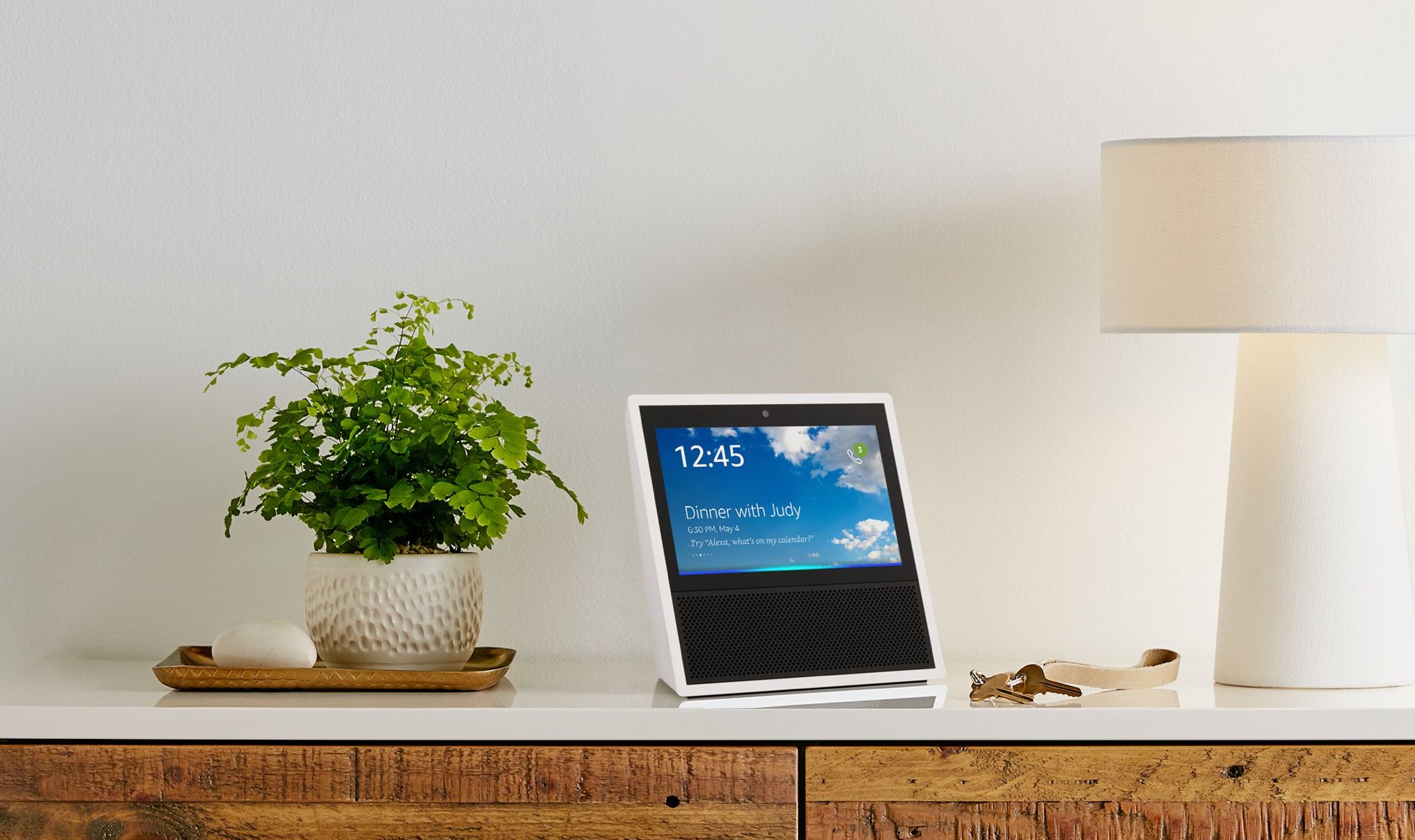
Amazon today added a new smart home device to its range of Echo-branded smart speakers. Dubbed Echo Show, it has all of the features of the basic Echo system, and then some more. The $230 device resembles a tablet with a built-in speaker and a seven-inch touchscreen.
Thanks to a built-in camera and Amazon's video technology, users can make hands-free video calls to other Echo Show owners or to the people who use Amazon's mobile Alexa app.
But first, check out the promotional video for Echo Show.
https://www.youtube.com/watch?v=WQqxCeHhmeU
The addition of a touchscreen marks a new direction for Amazon's Echo family of smart speakers, which up until today supported voice-only interactions.
The touchscreen lets you swipe through photos, view weather forecasts, edit shopping lists and reminders, watch YouTube clips, check out video flash briefings, see music lyrics, watch video feeds from their smart home security cameras, including Ring and Arlo, and more.
Echo Show helps keep you organized at home. Start a timer in the kitchen and watch as it counts down, or easily see your family’s calendar.
Sign in to the Alexa App to take your to-do and shopping lists with you. Just add an item to the list from home, and whoever is out shopping will see it added instantly on their Alexa App.
With smart home control, you can use your voice to interact with smart home accessories like Philips Hue bulbs, Ecobee thermostats, Wink smart home accessories and more.
On the hardware front, Echo Show features Dolby-powered speakers with “crisp vocals and dynamic bass response”, plus eight microphones with beam-forming and noise cancellation that work in conjunction with Amazon's reliable far-field voice recognition technology to let the device hear the user from anywhere in the room, even while playing music.
A Drop In feature is also interesting, as per Amazon:
You can also enable a new feature called Drop In for the special cases when you want to connect with your closest friends and family. For example, you can drop in to let the family know it’s time for dinner, see the baby’s nursery, or check in with a close relative.
Amazon Echo Show is available to pre-order in Black and White for $230.
Amazon is sweetening the deal for those who'd purchase two Echo Show devices at once by allowing them to save $100 off of their order (use the promo code “Show2Pack” at checkout).
The new Echo Show will start shipping to customers June 28.
What do you think about Amazon's latest Echo-branded gadget?
Let us know in the comments!

Phil Schiller, Apple's Senior Vice President of Worldwide Marketing, recently sat down for a quick interview with Gadgets 360, discussing the possibility of App Store upgrade pricing, the future of Amazon Echo-like smart speakers, Apple's new programming language Swift and more.
Commenting on Echo-like products, Schiller opined that smart speakers should feature a built-in display for those times when you want to, say, share photos, which is something voice-only assistants are not perfectly suited for.
Asked to share his thoughts on devices like Google Home and Amazon's Echo, he said:
Well, I won't talk to either one specifically, I don't want to. My mother used to have a saying that if you don't have something nice to say, say nothing at all. So, instead, let's abstract the conversation just briefly to some of the general concepts and talk about those, because it's really interesting.
First of all, there is a lot of talk in the industry about voice-driven assistants and we believe deeply in voice-driven assistants that's why invest in Siri, but there is interest in a voice-only assistant, where there is no screen, and we think it's important to that there are times when it's convenient to simply use your voice when you are not able to use the screen.
For example, if you're driving and you want Siri to work for you without having to look at the screen, that's the best thing. Or maybe you're across the room, and you want to ask Siri to change the song you were listening to—you don't have to walk over and back and you can use Siri instead.
So there's many moments where a voice assistant is really beneficial, but that doesn't mean you'd never want a screen. So the idea of not having a screen, I don't think suits many situations.
For example, if I'm looking for directions and I'm using Maps, Siri can tell me those directions by voice and that's really convenient but it's even better if I can see that map, and I can see what turns are coming up, and I can see where there is congestion, I understand better my route, and what I'm going to do.
Or, for example, with photography, and one of the most popular reasons for our products is photography now, and photography requires a screen.
So the idea of a device without a screen, well it's not really useful for that whole category of photos that we all share. and all the social networking apps that are now embracing photos more and more, well, it doesn't work really so great in voice-only assistants.
Or the biggest category of all of apps is games, and I have yet to see any voice-only games that, for me, are nearly as fun as the one that I play on my screen. And so I think voice assistants are incredibly powerful, their intelligence is going to grow, they're gonna do more for us, but the role of the screen is gonna remain very important to all of this.
Bloomberg claimed Amazon was working on bringing a seven-inch touchscreen display and telephony to a next-generation Echo Home device. Due next year, the premium device will target kitchens and cost more than the current Echo gadgets.
“The latest Amazon speaker will be larger and tilt upwards so the screen can be seen when it sits on a counter and the user is standing,” said one of the people familiar with Amazon's plans.
Earlier today, Microsoft announced a new Invoke smart speaker with built-in Cortana, Harman Kardon audio technology and other features, due this fall.
https://www.youtube.com/watch?v=Io8NU6iTto0
Subscribe to iDownloadBlog on YouTube
A recent supply chain rumor claimed AirPods manufacturer Inventec had landed Apple's first order for an Echo-like device with Siri, AirPlay and more. The accessory should sport a Mac Pro-like cylindrical chassis with a concave top with built-in controls and a speaker mesh.
According to Australian leakster Sonny Dickson, Apple's gadget will use Beats audio technology for “excellent acoustic performance” and include seven tweeters, a woofer and possibly the company’s W1 wireless chip which debuted in AirPods.
According to KGI Securities analyst Ming-Chi Kuo, the connected speaker will file as the iPhone maker's first AI-driven smart home device. It’s expected to be targeted at the premium segment of the market and cost more than Amazon’s $179 Echo.
The analyst said the Siri-driven speaker could be announced at WWDC 2017 in June.
Siri device mockup via iFunnyVlogger on Twitter
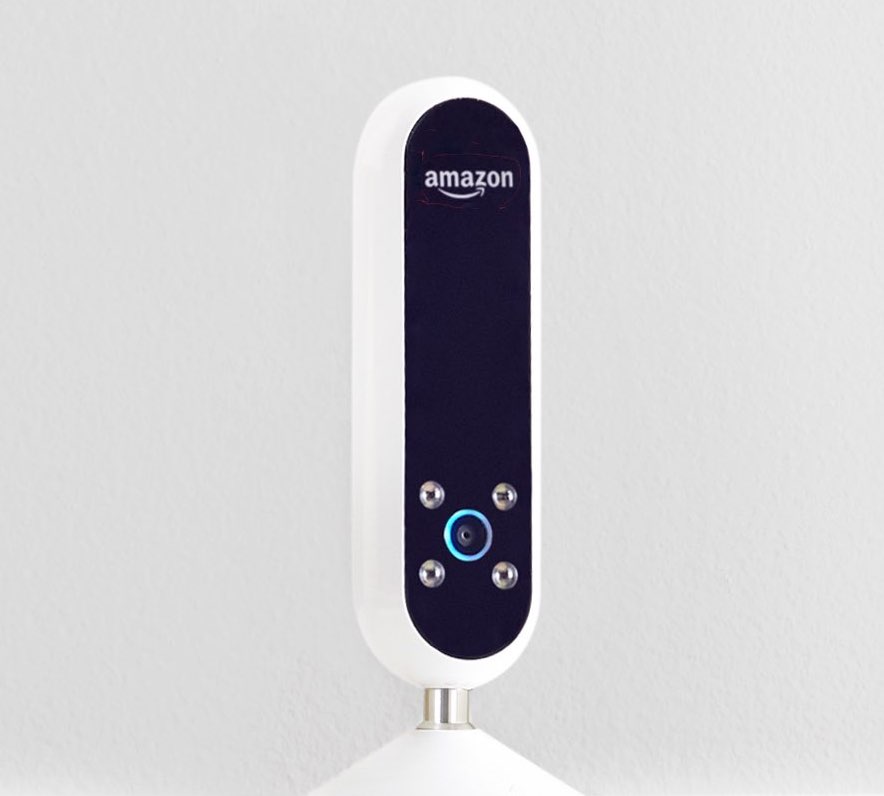
Online retail giant Amazon today introed a hands-free camera which has been specifically designed to judge your wardrobe choices in comparison with others. Dubbed Echo Look, it features built-in LED lighting, depth sensing, machine learning and Alexa-driven voice features.
Working in conjunction with the free mobile app for iOS and Android, it lets you snap a photo or shoot a short video of your outfit with a simple voice command. Data from the onboard depth-sensing sensor lets the device blur out your background to focus on your wardrobe.
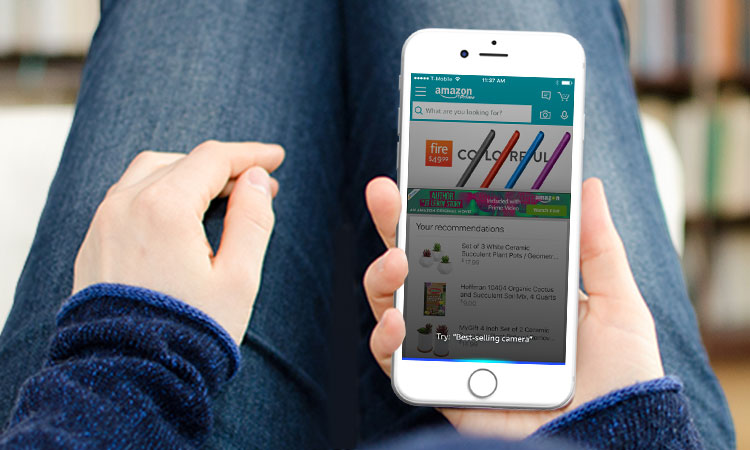
Siri competitor Alexa has come to the world's most popular smartphone via an incoming update for Amazon's shopping app for iPhone and iPad. The release marks the first time Amazon's personal assistant has supported non-Alexa hardware.
Just tap the mic in the app's search bar to ask Alexa questions, get weather updates, shop and search items, order and track products, play music, use Alexa Skills and Smart Home features, and much more.
By sneaking Alexa into its iPhone app, Amazon's made it possible for Apple customers to experience its Siri rival in full glory without needing to buy an Echo speaker.